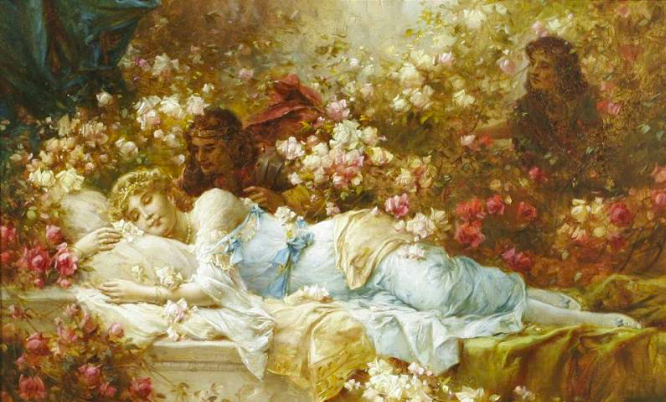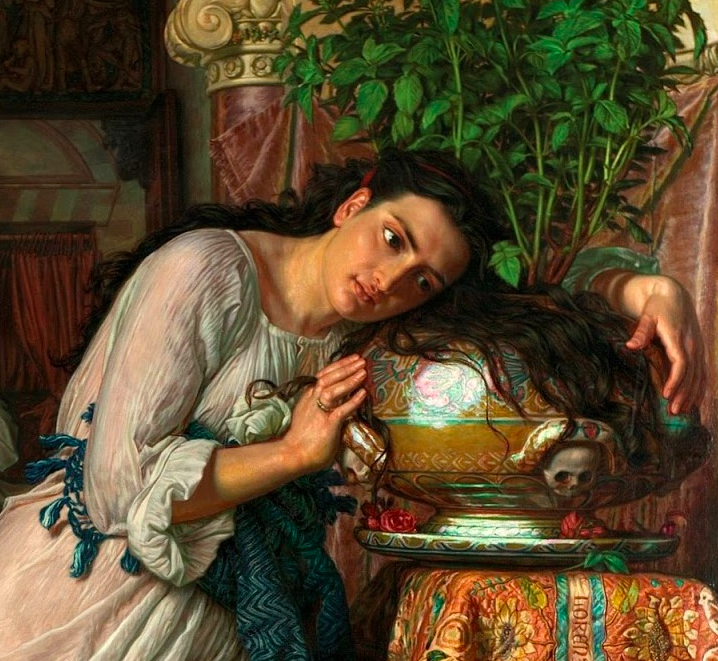After reading the numerous adaptations of Sleeping Beauty, I’ve become increasingly curious about how we could interpret Charles Perrault’s: The Sleeping Beauty in The Wood from a gender studies perspective.
Undoubtedly, the general theme of Sleeping Beauty has played into the nature of the female curiosity invoking disasters, such as The Little Mermaid wanting to explore new waters or Little Red Riding Hood taking a different path/playing along with the wolf. However, the most thought-provoking subject I would be interested in exploring is how the characters of the fairies highlight “appropriate” gender roles and conduct. More specifically, how the king exonerated responsibility in all of the adaptations for forgetting about the last fairy foreshadowing the curse on his only child. In Perrault’s telling of the tale, the older fairy was forgotten because she was never spotted leaving her tower, assumed to have died or been cursed(123).

The character of the older fairy should be considered a powerful and wise being, but she is old, without beauty, a social outcast, irrational, and non-confrontational.
Instead of the Grimm’s fairy that “cried out in a loud voice,” she “mutters threats” and curses the princess when her turn to bestow a gift arrives. The other fairies are humanized and domesticated and seem prone to childish competition. Furthermore, the gifts they give her make her suited for a construct of the perfect wife and woman at the time. Similar to what the little mermaid had, the fairies gave her beauty, the disposition of an angel, gracefulness, great dancing ability, and for her to sing like a nightingale.
It is up for debate why the “good” fairy in Perrault’s telling hid and waited for the older fairy to curse the child instead of calling her out, placing some protection magic, or simply just waiting behind her.

